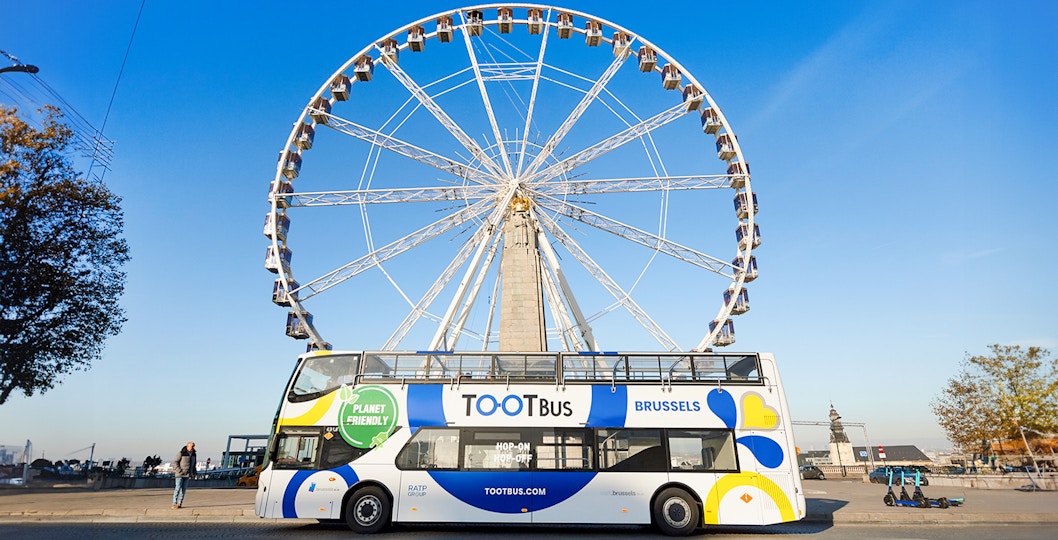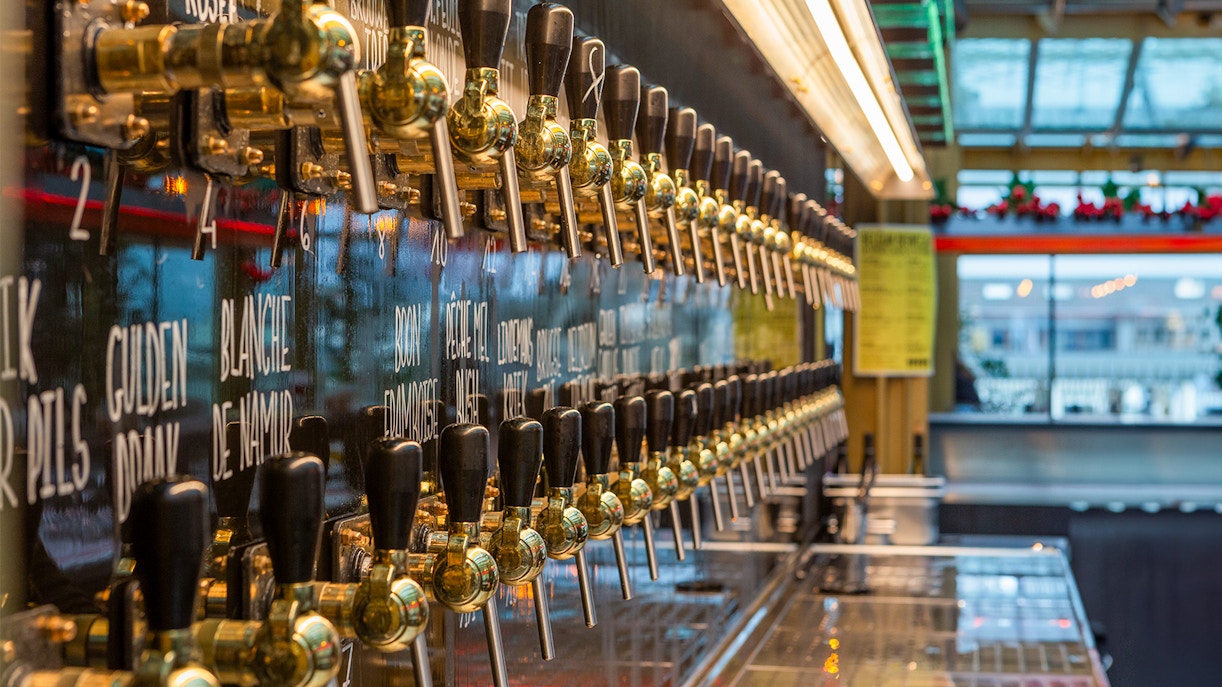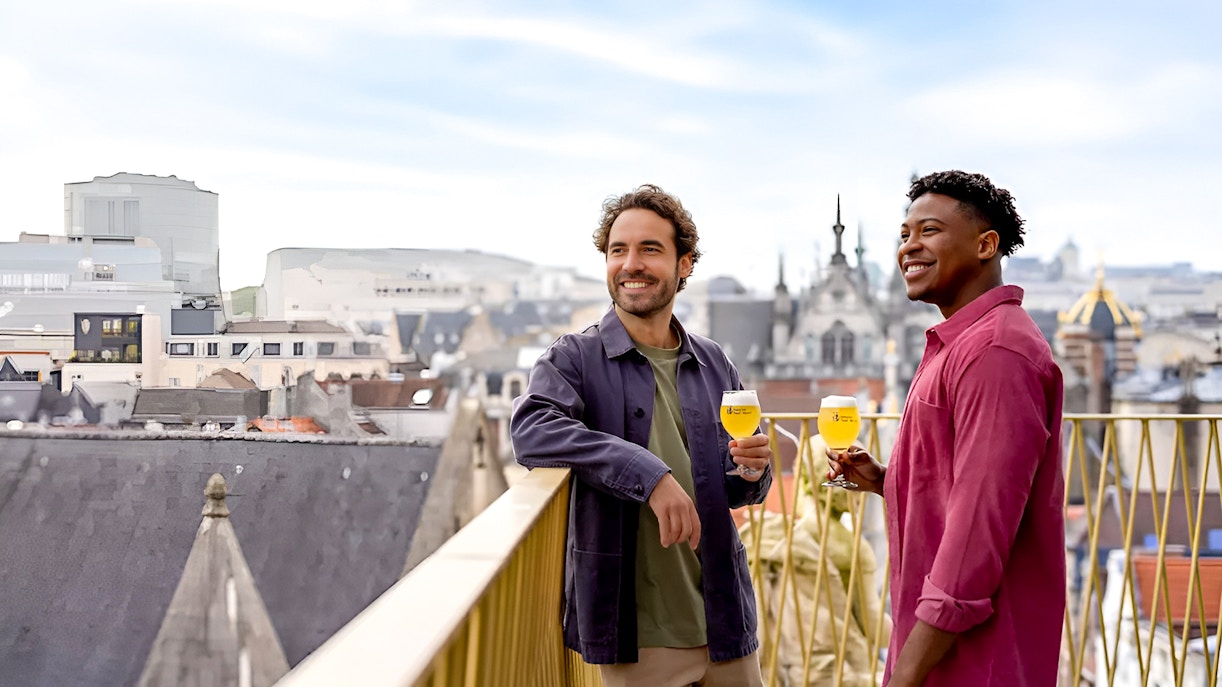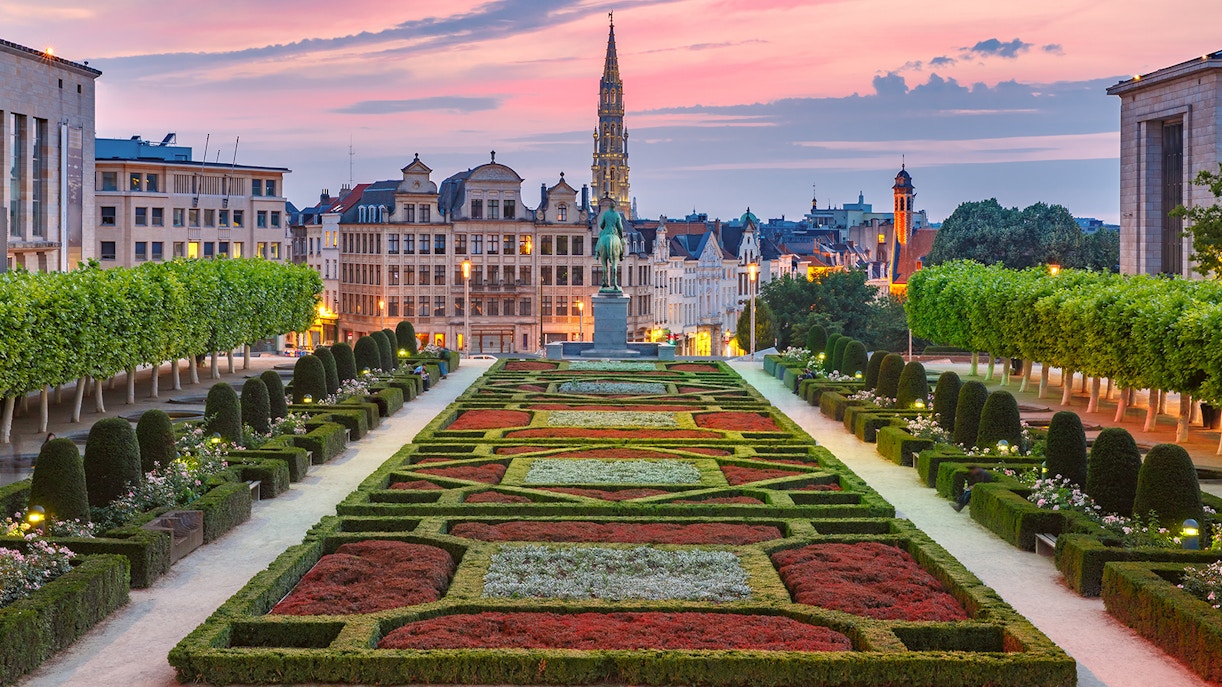Experience Belgium’s charming cities and landscapes from the top deck, offering stunning panoramas of historic architecture and beautiful scenery.
Belgium Hop-on Hop-off tours

Why Choose Hop-on Hop-off in Belgium?
Breathtaking Views
Top destinations
Plan your journey

Spring (March to May):
Mild temperatures and blooming flowers make spring perfect for exploring Belgium’s gardens, historic sites, and outdoor festivals, with fewer crowds to enjoy.
Summer (June to August):
Warm weather and long daylight hours are ideal for sightseeing, enjoying outdoor festivals, and experiencing Belgium’s vibrant city life and lively events.

Trains: Belgium’s extensive rail network, operated by SNCB, connects major cities like Brussels, Antwerp, and Bruges.
Buses: Local and regional buses provide reliable transportation throughout Belgium, with cities like Brussels and Antwerp offering key connections to neighborhoods and attractions.
Trams: Cities like Brussels, Antwerp, and Ghent have tram systems that offer a scenic and convenient way to navigate, passing through historic districts and major sites.
Metro: Brussels, the only city with a metro, has four lines providing quick access to main attractions and neighborhoods.
Bikes: Many Belgian cities are bike-friendly, with dedicated cycling lanes and bike-sharing schemes available. Cycling is a popular way to explore cities and enjoy the local scenery.

Moules-Frites: A beloved Belgian dish consisting of tender mussels cooked in white wine, garlic, and herbs, served with crispy fries. It’s a staple in both casual and fine dining settings.
Belgian Waffles: Famous for their light, crispy texture and deep pockets, Belgian waffles are often topped with a variety of delicious toppings like fresh fruit, whipped cream, or chocolate sauce.
Chocolate: Belgium is renowned for its high-quality chocolate. Indulge in artisanal pralines and truffles from famous chocolatiers, which are crafted with exceptional skill and rich flavors.
Beer: Belgium’s diverse beer culture includes a range of styles from rich Trappist ales to fruity lambics. Visit local breweries or bars to sample a variety of world-class brews.

Bonjour: Hello (French) – Used in French-speaking areas like Brussels and Wallonia.
Goeie dag: Good day (Dutch) – Common greeting in Dutch-speaking regions such as Flanders.
Merci: Thank you (French) – A polite way to express gratitude in French-speaking areas.
Alsjeblieft: Please (Dutch) – Used when making requests or offering something in Dutch-speaking regions.
Excuseer: Excuse me (Dutch/French) – Useful for getting someone's attention or apologizing in both Dutch and French areas.
Must see attractions in Austria
Belgian Beer World
Belgian Beer World, located in Brussels, offers an immersive experience into Belgium’s rich brewing heritage. The museum showcases the country’s diverse beer styles, brewing history, and traditions through interactive exhibits and tastings, making it a must-visit for beer enthusiasts.
Frequently asked questions about your Belgium Hop-on Hop-off tour
Belgium Hop-on Hop-off tickets offer travelers a flexible and convenient way to explore major cities like Brussels, Bruges, and Antwerp. These tickets allow you to hop on and off at various iconic attractions, making them a favorite choice for those who want to maximize their sightseeing experience without the hassle of public transportation.
The buses follow a predetermined route with stops near key attractions. You can board the bus at any stop, explore the area, and then hop back on when you’re ready to move on to the next destination. This flexible schedule lets you tailor your sightseeing experience to your own pace.
The routes typically cover top landmarks such as the Atomium, Grand Place, Manneken Pis, and the Royal Palace in Brussels, as well as the medieval city center of Bruges and the Cathedral of Our Lady in Antwerp. Each city has its own set of must-see sites included in the bus routes.
Yes, depending on the ticket type, you can choose between 24-hour, 48-hour, or even 72-hour passes. These options give you the flexibility to explore over several days.
Yes, the buses are equipped with pre-recorded audio guides available in multiple languages, providing historical insights and interesting facts about each location as you approach.
Yes, most buses are designed to accommodate passengers with disabilities, including wheelchair access via ramps or low-floor buses. However, it’s recommended to check with the service provider for specific accessibility features on your chosen route.
While these buses run year-round, the best time to use them is during the spring and autumn months (April-June and September-October). These seasons offer mild weather and fewer tourists, making for a more pleasant experience.
While small bags and backpacks are usually allowed, larger luggage might not be permitted due to space constraints. It’s best to travel light or check with the provider beforehand if you need to bring larger items.
No need to worry if you miss a bus; they usually run every 15-30 minutes, so you can catch the next one and continue your journey without much delay.











